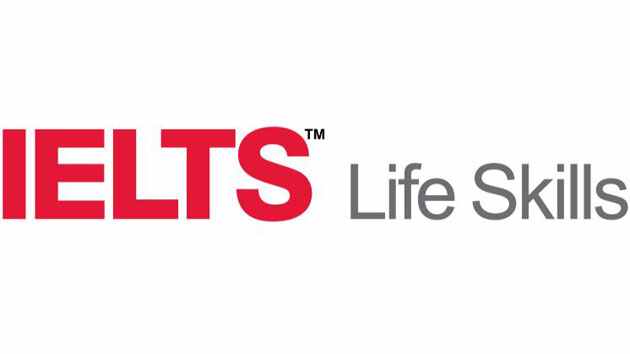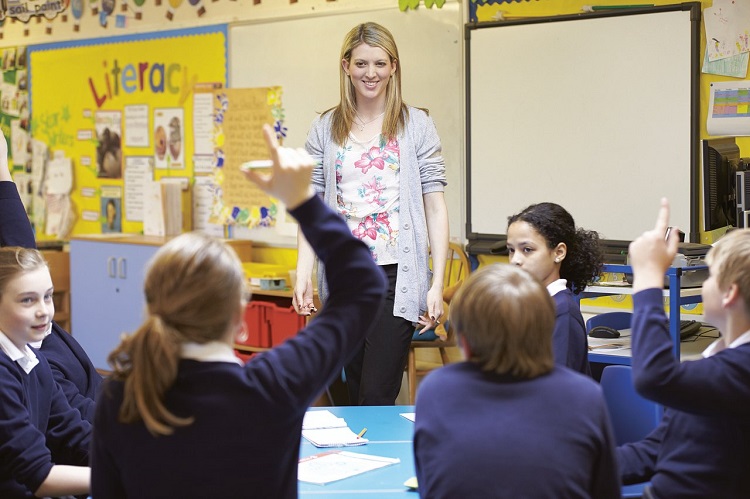Brainstorming activities are used in group settings to stimulate the mind’s capacity to generate and accommodate different perspectives. These are problem-solving strategies that enhance collaboration between group members and help develop multiple solutions to a specific problem. Students use brainstorming activities to communicate and enhance their problem-solving approaches, especially when working on school projects. Participating in such activities helps one boost their confidence and resolve when working on complex problems. Here’s a list of top brainstorming activities for students.
Top 5 Most Common Brainstorming Activity for Students
1: Round robin
Round robin is an effective brainstorming activity for students. It’s mainly used to eliminate joyriding in groups, especially when there’s no specific point of authority. Each participant is expected to share an idea following a systematic communication approach prescribed by the members. For instance, during introductions, one may be required to state their name, course, and objective of participating in the group. The rest of the members must adopt the same system when introducing themselves.
2: Mind mapping
Group settings have shifted online with the advancement in communication technology, eliminating the social interactions between participants. As a result, traditional brainstorming activities may not be effective on the discussion platforms since the members may be distracted by the technology or engage in other activities. Mind mapping is a useful traditional brainstorming activity for contemporary school settings. It’s a visualization of the flow of ideas and concepts from a central starting point. High school students use this approach to document progress in their discussions.
3: SCAMPER
This strategy is one of the most useful brainstorming activities and can be used by learners at all academic levels including elementary students. It’s an acronym for seven useful methods of sharing, improving, and challenging an existing mindset. Instead of focusing on new ideas, this approach stresses the need to improve the existing ones. As a result, the participants propose methods from a point of confidence when working with the known and moving toward the unknown.
SCAMPER has seven main exercises. The participants attempt to substitute the existing solution with a better one by assessing available alternatives. However, one of the most effective brainstorming techniques under SCAMPER is combination, which teases the brain to improve a process by combining the existing solution with another. From these points, the games focus on creative improvement methods analyzing the ability to adapt, modify existing strategies, put their ideas to another use, eliminate some options, and the impact of reversing the process.
4: SWOT analysis
A SWOT analysis is one of the most commonly used brainstorming activities globally. This approach is effective and easy to use, especially for learners learning to work in groups. It involves analyzing the strengths, weaknesses, opportunities, and threats to existing or new solutions to a given problem. Students learn to work with ideas and assess their effectiveness based on these factors, especially when resolving real-life problems.
5: Reverse brainstorming
While brainstorming traditionally aims to find better alternatives or improve existing solutions, reverse brainstorming objectively does the opposite. Students use this strategy when working on complex ideas and developing uncommon solutions. This approach is most effective in programming and research-based assignments. While coursework assignments can help promote creative thinking, students work on repetitive questions and common solutions. However, research and programming homework require more input and critical thinking abilities. Students use writing services like CustomWritings to develop ideas and conceptualize them through reverse brainstorming. At this point, one identifies options of making the problem worse by analyzing the weaknesses in the available solution.
The worst idea
One of the most commonly used reverse brainstorming strategies is the worst idea. Under this approach, students share their worst possible solution to the problem and explain their reasoning. Through this method, they identify the critical factors in the solutions and note the strengths and weaknesses in each alternative. This approach makes brainstorming fun and promotes collaboration. Since all the ideas are considered ineffective, the participants identify issues that reduce the effectiveness in their solutions, helping them generate better ideas.
Benefits of Brainstorming Activities for Students
1: Enhances creative and critical thinking
College students use brainstorming to find alternative solutions or generate ideas for their school projects. They enhance their writing skills in the process by exercising and developing new vocabularies and idea representations based on peer reviews. However, it’s the critical and creative thinking benefits of brainstorming that help students write better essays. Group participants develop the capacity to conceptualize different perspectives by challenging their peers with alternative solutions. As a result, they gain insights about different techniques and approaches to solving the same problem.
2: Promotes collaboration and communication
Brainstorming also enhances collaboration and improves communication skills. While most students join discussion groups looking for ideas to improve their essays, their presence in the group setting forces them to interact and communicate with peers. Participating in the group helps them write better papers and share their knowledge with others indirectly. In most cases, students find brainstorming fun and helpful, especially when working with similar-minded peers.
3: Promotes confidence
Brainstorming activities encourage participation and active listening. The settings challenge students to express their opinions and challenge other people’s perspectives. In the end, the group setting mimics real-life discussions and helps the participants develop their people skills. Hence learners become more confident about their capabilities and improve their willingness to communicate and share. Besides, some activities are also useful in real life. Hence, students who learn to brainstorm ideas at school are more likely to perform better in their professions. Having this knowledge boosts confidence and promotes idea generation.
4: Improves problem-solving skills
Brainstorming promotes participants’ ability to generate plausible solutions to existing problems. While the school-level discussion group may focus on ideas for the mid-term project, the activities involved engage the learner's minds and help them conceptualize issues. As a result, individuals learn to use available resources to improve processes. Brainstorming activities such as SCAMPER are used in developing new products and eliminating systemic weaknesses. Similarly, reverse brainstorming helps identify unknown problems by analyzing inefficiencies in the existing solution. Using these strategies enhances a learner’s problem-solving ability.
Final Thoughts
As a matter of fact, brainstorming is an interactive and creative problem-solving strategy for learners. It’s a useful tool for developing ideas for school projects and assignments. However, brainstorming activities are only effective when used appropriately and in a working group setting. Group members must willingly participate in the discussions to make a session engaging. Hence, some activities may not work in ordinary groups where individual participation is curtailed. Hence, these discussions are based on ideal situations, assuming the group dynamics work.

.jpg)




